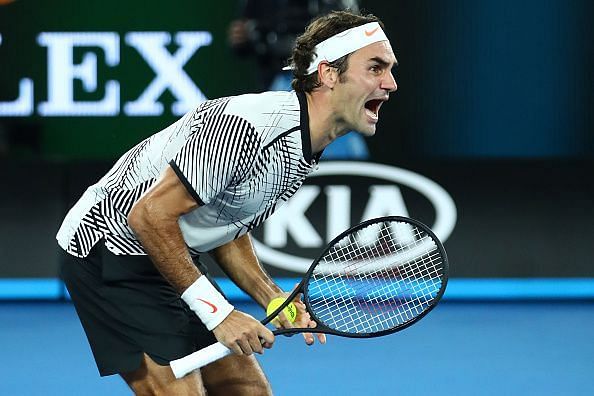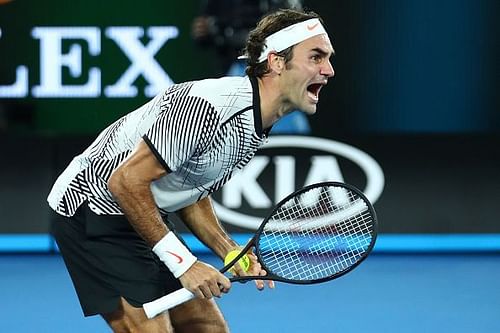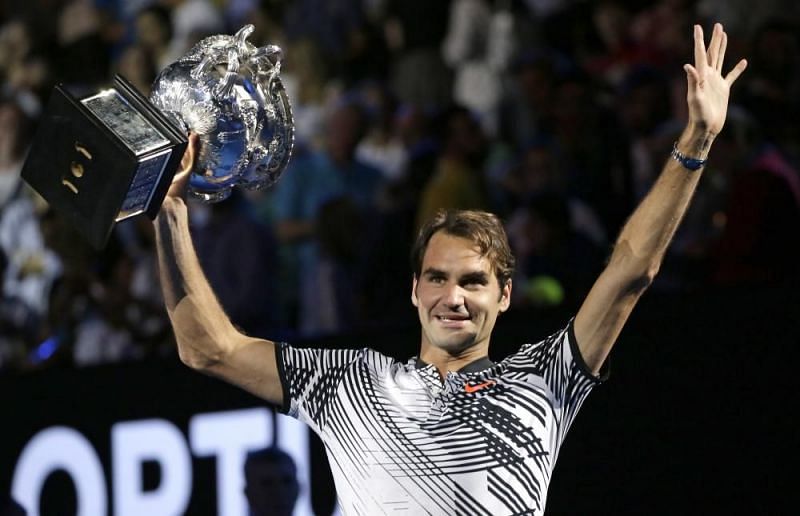
5 lowest-ranked men's singles champions at the Australian Open

The Australian Open, which started in 1905 - later than all the three other Grand Slam tournaments - was also the last one to open its doors to professionals when it did so in its 1969 edition.
It is the only Grand Slam tournament which has been held twice in one year (1977) and not held in a year at all (1986). Owing to a schedule change which made the Australian Open the last Grand Slam tournament on the calendar, there were two editions of the tournament played in 1977 - one in January and the other in December.
Another schedule change took the Australian Open back to its original January slot in 1987 and to a new venue called Melbourne Park, then called Flinders Park. A year later, the tournament transitioned from grass to hardcourt, leaving Wimbledon as the only grasscourt Major on the tennis calendar.
The first five Open Era winners at the Australian Open (1969 to 1973) did not have a ranking as the ATP rankings only came into being in August 1973. The first World No. 1 to win the Australian Open was Ivan Lendl, who did so in 1990. Since then, there have been 12 other instances of the the world's top-ranked player going all the way in Melbourne.
You may also like: A flashback of Djokovic's 7 Australian Open titles
Record 7-time winner Novak Djokovic's last 5 titles at the tournament have all come while being ranked No. 1, followed by 3 times from Federer (2006-07, 2010), twice by Pete Sampras (1994, 1997) and once each by the quartet of Lendl (1990), Jim Courier (1993), Andre Agassi (2000) and Rafael Nadal (2009).
Going to the other end of the spectrum, let us meet the 5 lowest-ranked players to have lifted the Australian Open title.
#5 Roger Federer, world ranking - 17 (2017)

Following the first significant injury layoff of his illustrious career, Federer made a dream comeback at the 2017 Australian Open. He ended his 4-and-a-half-year Grand Slam title drought by beating arch-nemesis Rafael Nadal in the final.
Entering a Grand Slam tournament with his lowest ranking (17) since entering 2001 Roland Garros as the 18th-ranked player in the world, Federer dropped a set in his opening round against Jurgen Melzer. He then beat qualifier Noah Rubin and Tomas Berdych in straight sets in the next two rounds.
Federer's first battle of note arrived in the fourth round, where the Swiss maestro recovered from losing the first set in a tiebreak to take a two sets to one lead. After Kei Nishikori took the fourth to force a decider, Federer broke clear in the fifth to beat the player with the best deciding set record in the Open Era.
You may also like: 5 active players with the best 5th-set record
In his 13th Melbourne quarterfinal, Federer beat first-time Grand Slam quarterfinalist Mischa Zverev in straight sets to book a clash with compatriot Stan Wawrinka. The more illustrious Swiss looked in control after taking a two set lead, only for Wawrinka to take the next two for the loss of just 5 games to force a decider.
Federer regrouped in the fifth to maintain his perfect record against Wawrinka outside of clay, and book a first Grand Slam final meeting with his arch nemesis Rafael Nadal since Roland Garros 2011.
A dream title match between the two leading all-time Grand Slam titlists lived up to its billing as both men exhibited their best play in different moments of the match to ensure a fifth set - where Nadal survived break points to open up a 3-1 lead.
Just when it looked likely that Nadal would continue his unbeaten Grand Slam run against his Swiss opponent stretching back to the 2007 Wimbledon final, Federer came roaring back into the contest.
The 35-year-old reeled off the final 5 games of the match to win his 5th Australian Open title and a record-extending 18th at a Grand Slam tournament. With the win, Federer returned to the top-10 of the world rankings.
You may also like: The 5-best Grand Slam finals from the 2010s decade